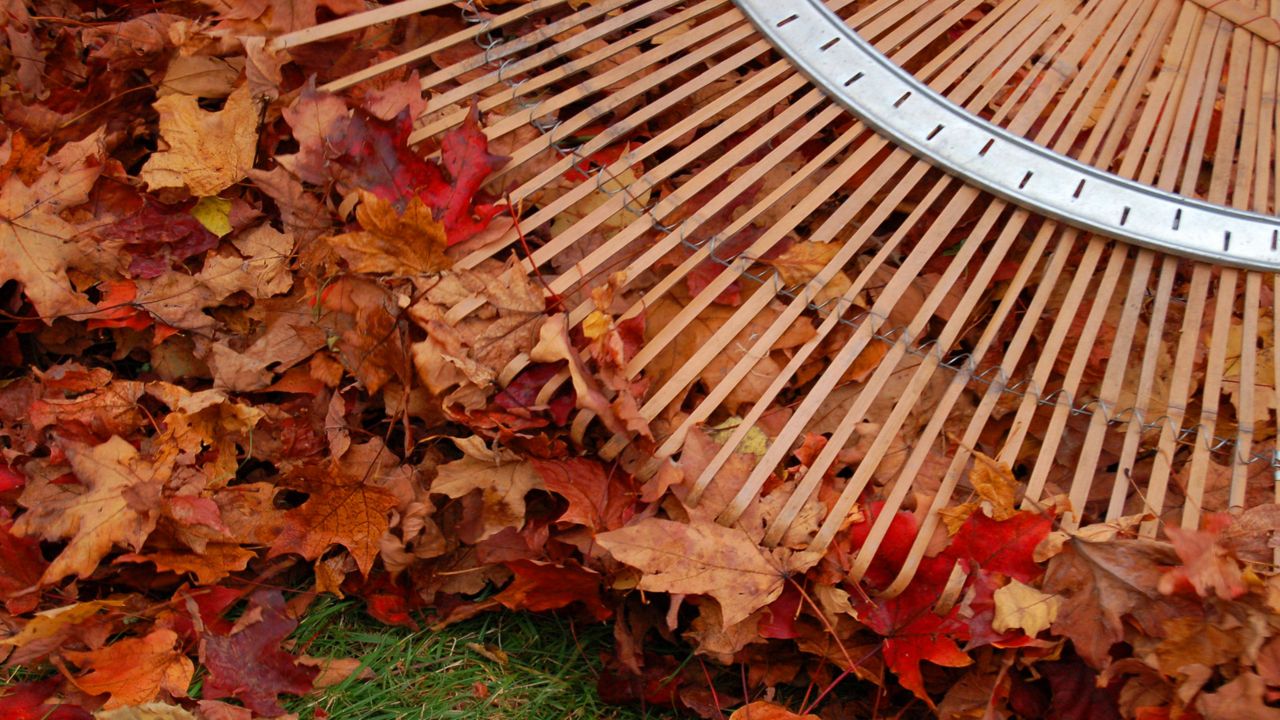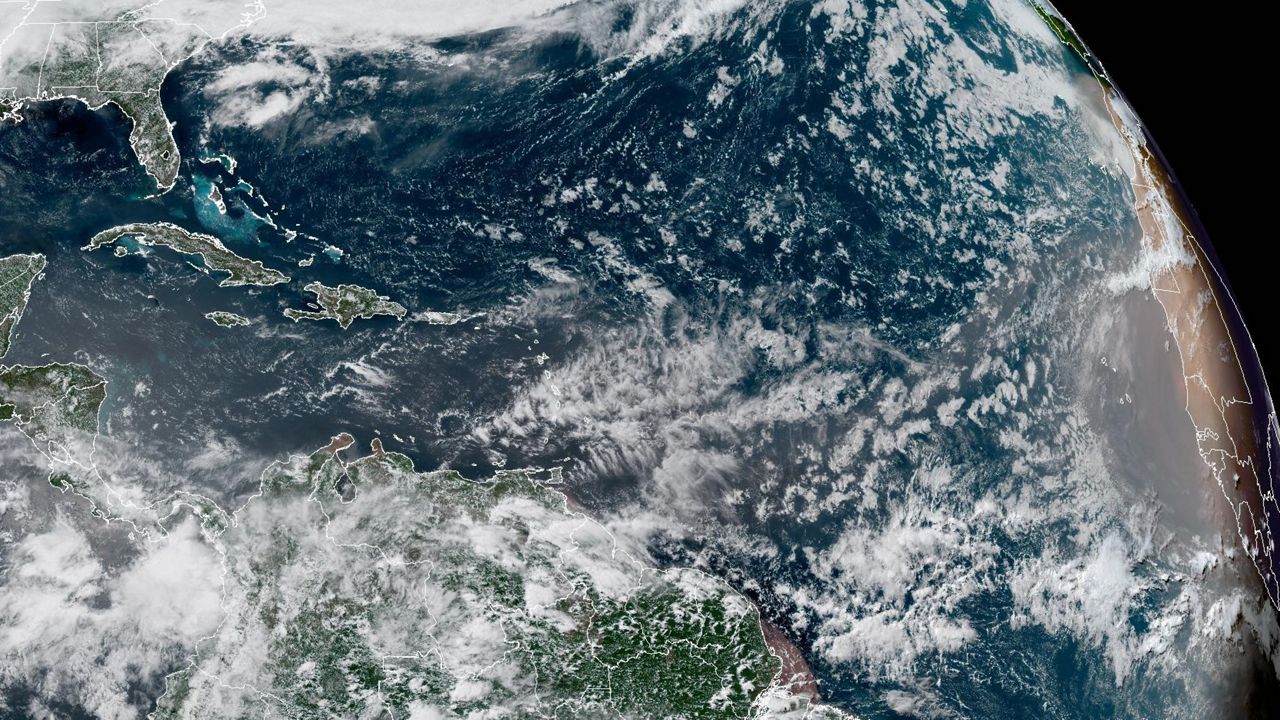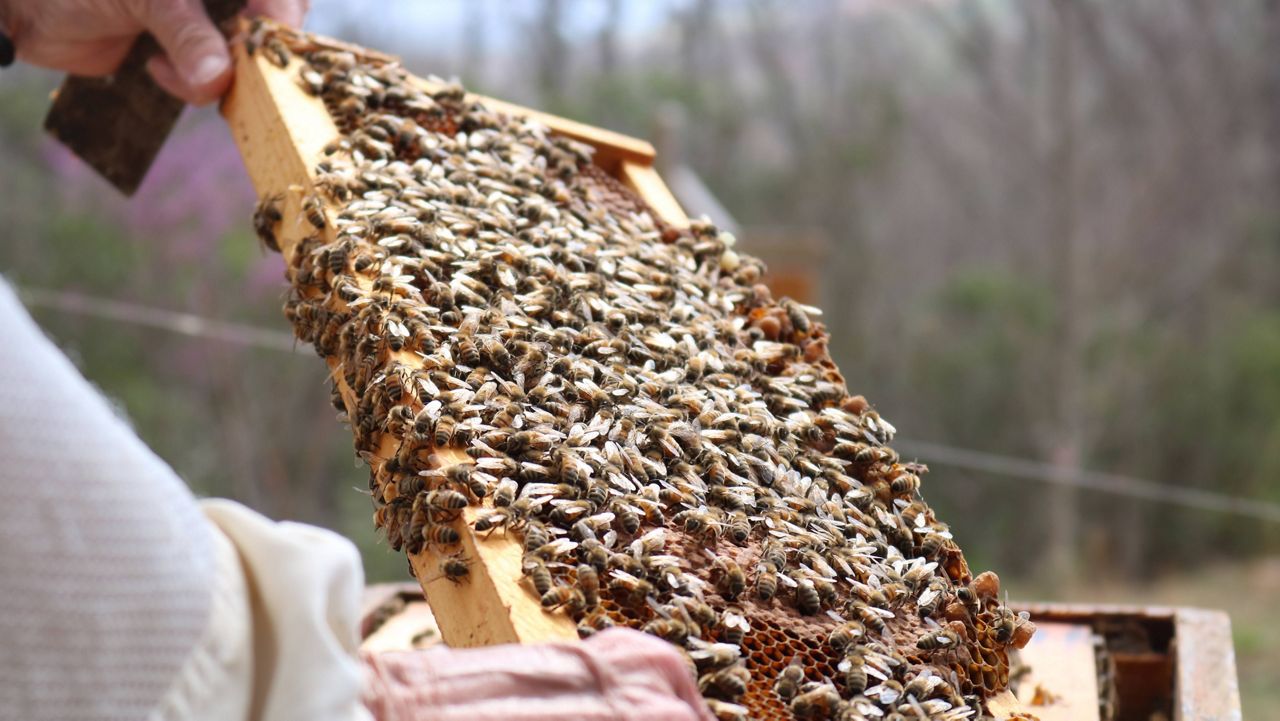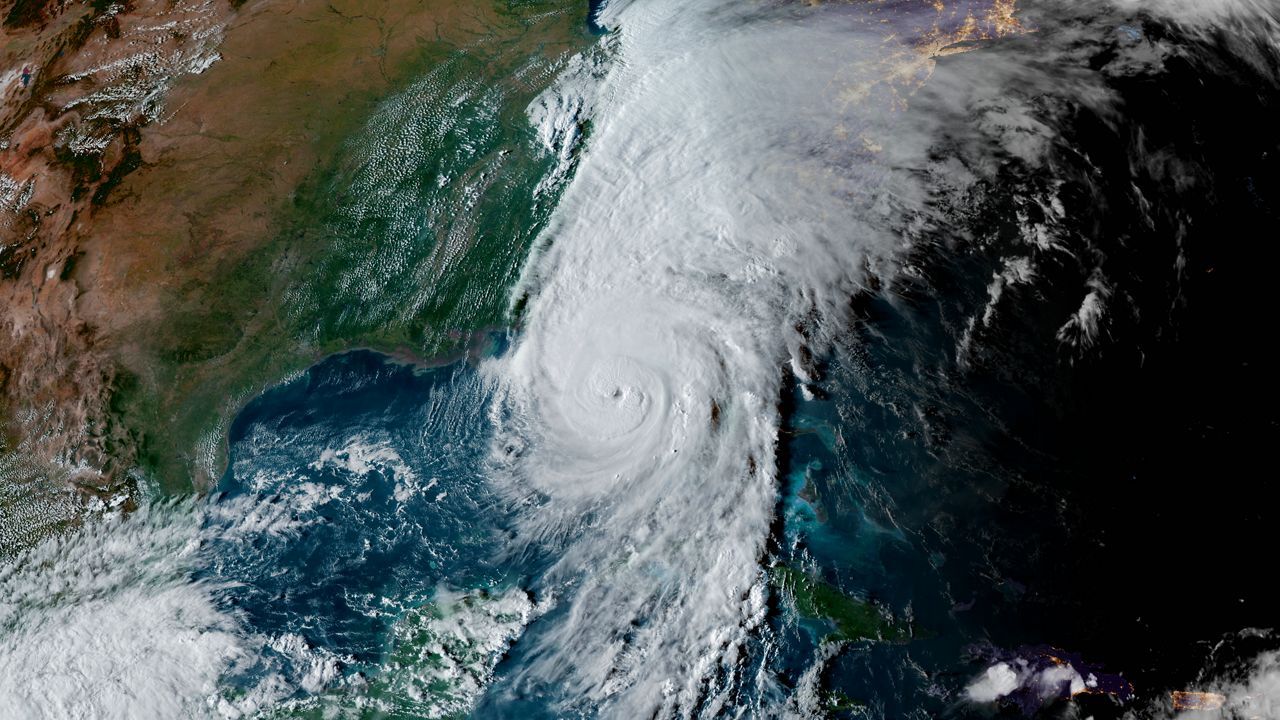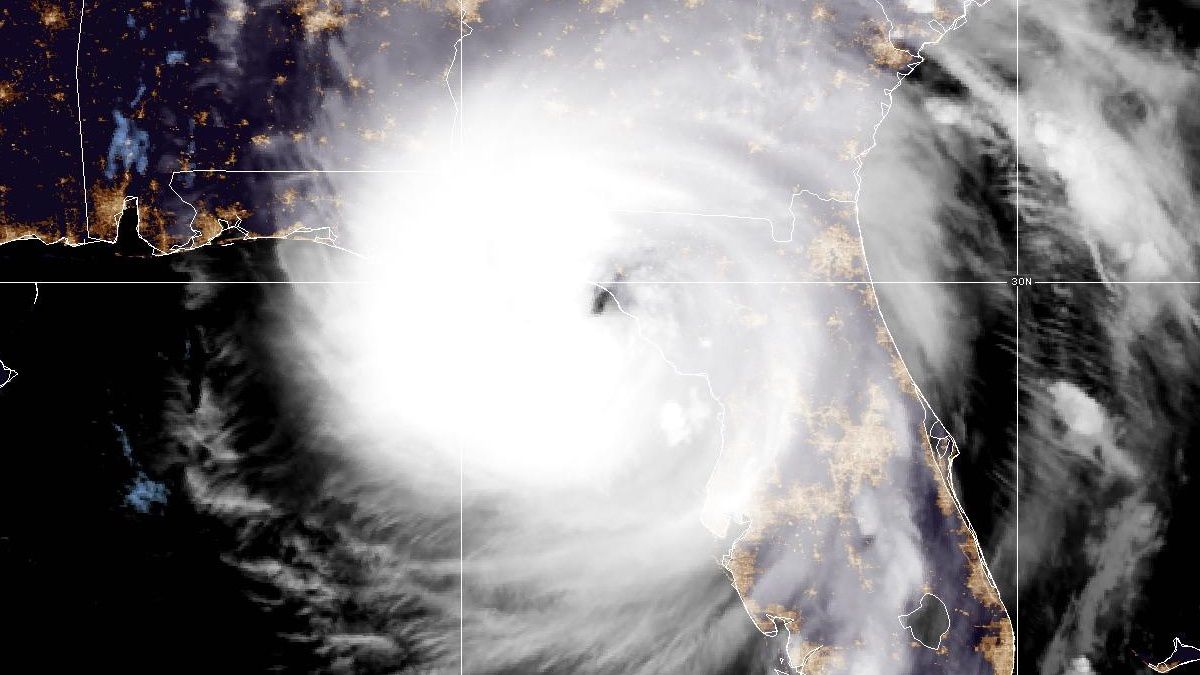When you think of autumn, what’s the first thing that comes to mind? Pumpkin spice? Cooler weather?
For many, it’s the leaves transforming.
Rows of trees with gold, rust and burgundy leaves line the streets. While some parts of the country, such as the Rockies, the Upper Midwest and the Pacific Northwest, have already seen the change in the leaves, other parts of the country are still waiting.
As the leaves change colors, it's a great time to think about what to do with those leaves as they fall.
What You Need To Know
- Leaves are beginning to change color
- Fallen leaves are biodegradable
- Composting is one of the many options for decaying leaves
While stepping on a crunchy leaf is extremely satisfying, the leaves take over yards, sidewalks and streets.
Sometimes when it rains, fallen leaves clog storm drains and can be a hazard while walking (trust me, I know from experience). So, it’s no surprise that many want to clean up these dead leaves.
People commonly bag the fallen leaves and consider it trash.
But what if there were more environmentally friendly ways to take care of these dying leaves?
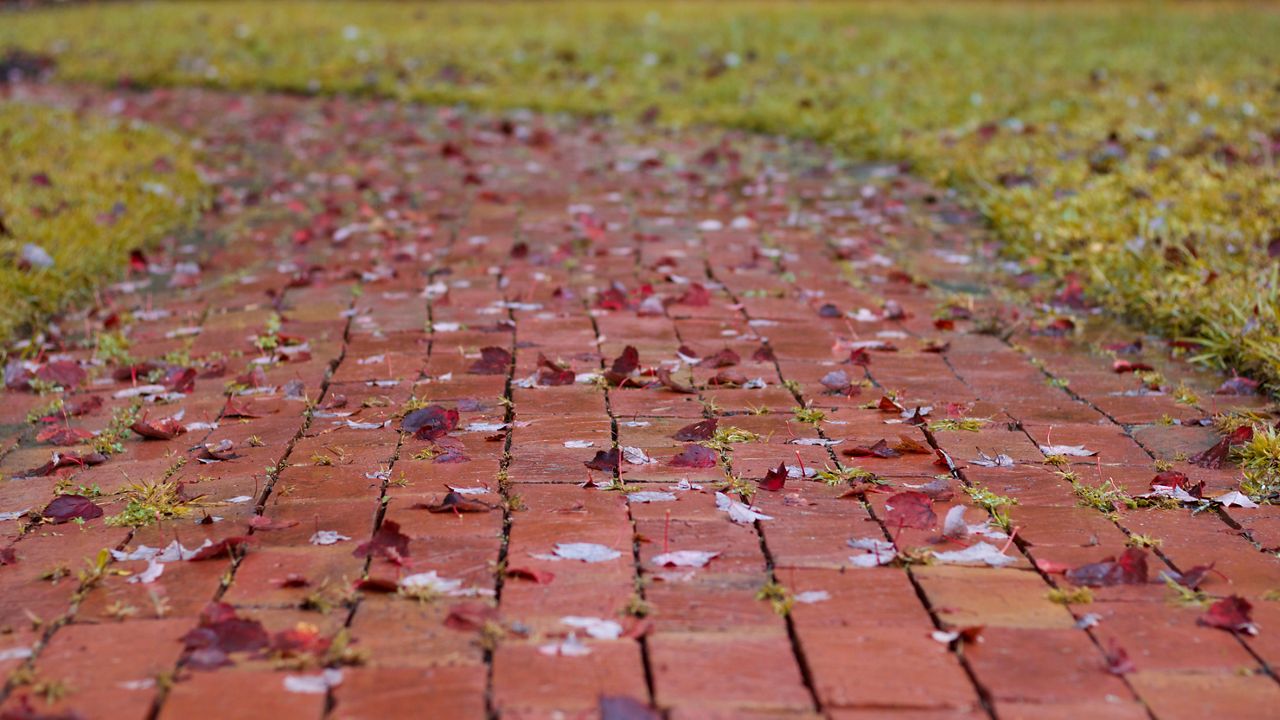
When you bag the dried autumn leaves and put them on the curb, they end up as trash in a landfill. According to the Environmental Protection Agency, yard waste accounts for nearly 20% of all garbage generated in the United States each year. That’s over 31 million tons.
As the leaves and other yard waste sit in landfills, they produce methane, which can pollute nearby air and soil.
So what are the alternatives?
Realistically, leaves can remain in the yard where they fall. You can chop them with a mulching mower or even a regular lawnmower.
Leaves are biodegradable, meaning that bacteria or other living organisms can decompose them. While whole leaves take a longer time to break down (about two to three years), cut up leaves decompose faster (about one year) and can provide plenty of nutrients for the soil.
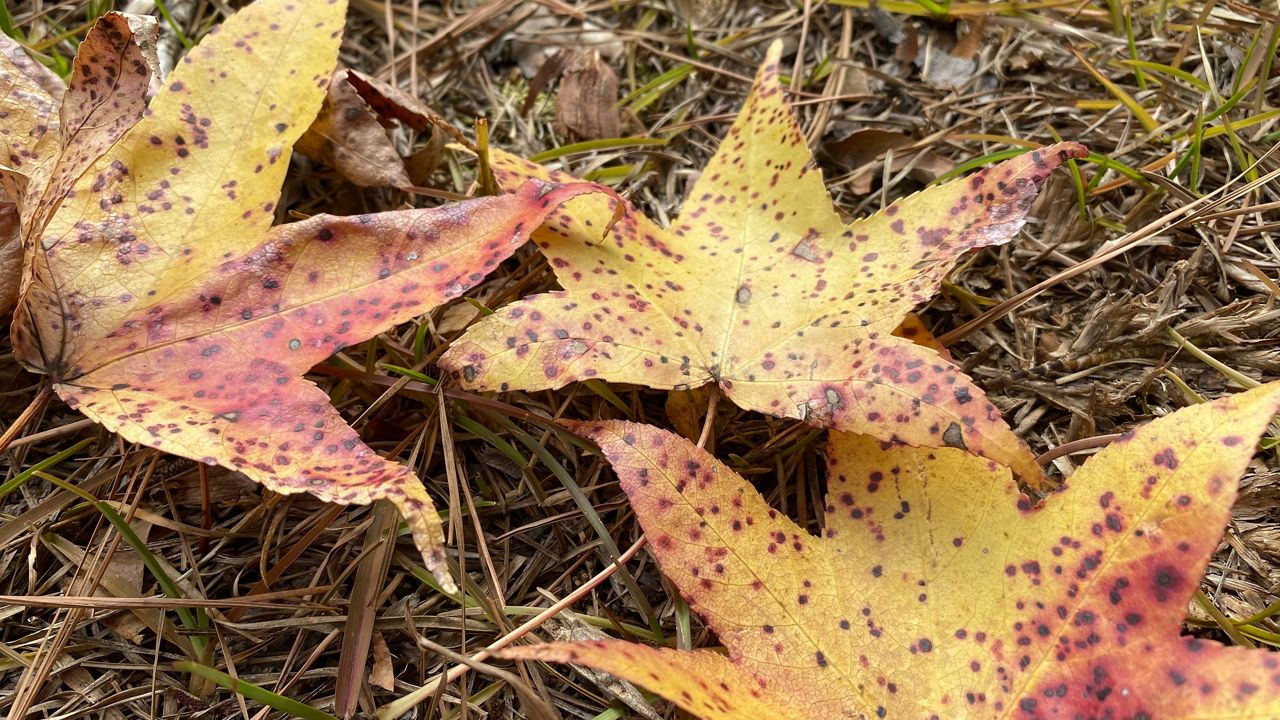
You can use whole and/or chopped leaves in gardens and flower beds as mulch.
If you still don’t want leaves scattered all across the lawn, composting is a great way to beautify your lawn and garden in multiple ways.
To compost decaying leaves, chop them with a mower and combine them with green material (grass clippings work great here). Keep the combination moist and well mixed. It will probably take until spring to break down, but the result is a nutrient-rich fertilizer for any plants or crops.
If DIY composting isn’t your thing, check out local groups who collect leaves for composting. Happy leaf collecting!
Our team of meteorologists dives deep into the science of weather and breaks down timely weather data and information. To view more weather and climate stories, check out our weather blogs section.




